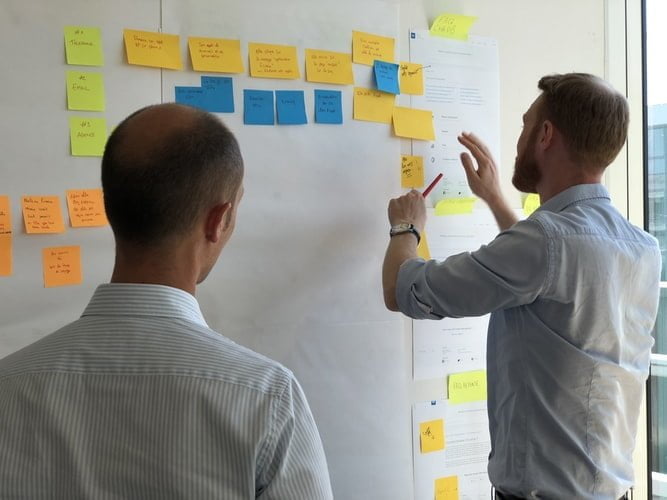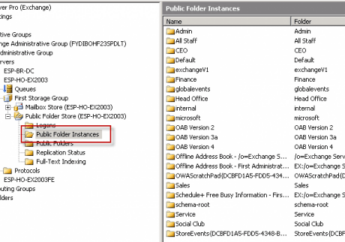4 Key Elements Of The Risk Management Programme
by Arina Smith Uncategorized 28 July 2021

For financial institutions, sometimes it seems like every movement necessitates a risk assessment. It is applied to prevent ID theft, unauthorized access to information, remote deposit capture, disaster recovery, and many more. As a result, the term “risk management and assessment” appear numerous times in the resources of the Australian Prudential Regulation Authority (APRA) and the Australian Securities and Investments Commission (ASIC).
4 Key Elements Of The Risk Management System

A risk management program is crucial in maintaining stability in any financial institution. Its four key elements are:
- Process
- Integration
- Culture
- Infrastructure
Given that organization structures, business models, operations, strategies, and risk profiles vary widely across industries, this type of program must be flexible.
1.Process
Risk management, just like any other valuable business activity, is a process. This means you must have objectives, activities, inputs, and outputs, which all include evaluation, identification, measurement, monitoring, and mitigation.
The purpose of a risk management program may vary from one organization to another. One organization may want to ensure that performance is at a standard level, while another may aim to prevent interruptions or create opportunities.
Startup risk assessors from Max Funding, say, When you are implementing a risk management plan and considering the several future potential risks. A company can save money and protect its future with a robust risk management program. This is because a solid risk management plan will help a company establish threat-avoiding procedures, minimize the harmful impact, and help to cope with the results.
2.Integration
For many organizations, risk management is defined as any action that safeguards their tangible assets as reported on their tax declarations, balance sheets, and contracts. Usually, it includes acquiring insurance coverage, elimination of health and safety hazards, management of treasury, and mitigation of environmental concerns.
While this conventional approach continues to serve its purpose, some experts are wondering if risk management can have higher us.
The risk management process can only be relevant if fused with the core processes to secure the most important things to the organization. Integration strengthens the organization from within and instills confidence in the management, staff, business partners, and affiliates. Similar to the process, the extent of integration also varies across industries.
3.Culture
Any well-designed risk management program can be negated if the organization allows certain dysfunctional behavior to exist:
- If the management ignores the warning signs pointed out by the risk management team
- If the organization’s long-term interest is not balanced with the reward system
- If there is insufficient funding for any risk management process
- If standards have not been complied with.
Risk management is often more effective in a culture where open communication, transparency, firm commitment to ethical business practices, and sharing of knowledge are encouraged.
4. Infrastructure
Evaluating the adequacy of an organization’s infrastructure to complete and sustain a risk management process is essential before the process starts.
By infrastructure, it refers to the organization’s policies, operations, systems, and internal activities. You may proceed if the infrastructure is adequate. If not, you have to run through various aspects of the business first.
Do You Need A Risk Management Program?

Risk management can give you a competitive advantage. Its purpose may vary from one organization to another, e.g., minimize performance variability, prevent unwanted events, allow the pursuit of better opportunities, etc. Regardless of what you aim for, some specialists can help you improve risk management and develop frameworks and solutions so that you can execute projects successfully.
Risk management is like a fire extinguisher system. You may or may not be using it. But you have to prepare it for the user to prevent future organization threats.
Conclusion:
Risk management systems are always adding more advantages to business planning. Every day is not going to run in a smooth way. The business is like driving on the road where you do not know when you have to change your car’s tire. So taking precautions is the best way to minimize the future threats of the business and the organizations.
Read Also







































































































